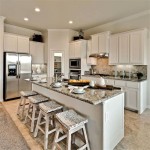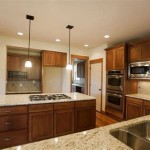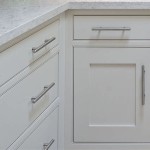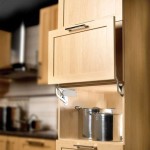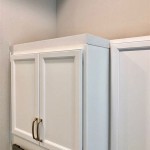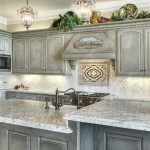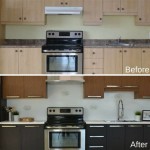Decorative Wood Trim: Elevate the Elegance of Kitchen Cabinets
Decorative wood trim adds a touch of sophistication and detail to kitchen cabinets, transforming them from ordinary to extraordinary. These intricate adornments not only enhance the aesthetic appeal but also provide practical benefits. Here are some essential aspects of decorative wood trim for kitchen cabinets:
Types of Wood Trim
Wood trim comes in various profiles, including crown molding, base molding, and corbels. Crown molding, placed at the top of cabinets, creates a sense of grandeur, while base molding adds a finished look to the base. Corbels, small decorative brackets, can be used to support shelves or add embellishments. Choosing the right trim profile depends on the style of your kitchen and personal preferences.
Wood Species and Finishes
The choice of wood species for trim affects its appearance, durability, and cost. Hardwoods like oak, mahogany, and cherry offer exceptional durability and a timeless appeal. Softwoods like pine and fir are more affordable and easier to work with. Finishes, such as paints, stains, or lacquers, can enhance the wood's natural beauty and protect it from wear and tear.
Functional Benefits
Besides aesthetic benefits, decorative wood trim serves practical purposes. It conceals gaps between cabinets and walls, preventing dust and dirt accumulation. Trim can also create visual interest by breaking up the monotony of cabinet doors and drawers. Additionally, it can hide unsightly hardware or electrical cords, giving your kitchen a more streamlined look.
Installation
Installing decorative wood trim requires some DIY skills or professional assistance. It involves measuring and cutting the trim to the desired length, attaching it to the cabinets using nails or glue, and securing it with a finishing nail gun. Proper installation ensures that the trim is securely fixed and evenly spaced.
Maintenance
Regular maintenance is crucial to preserve the beauty and longevity of decorative wood trim. Clean it regularly with a damp cloth and avoid using abrasive cleaners. Refrain from placing heavy items on the trim to prevent dents or scratches. If necessary, repaint or refinish the trim to restore its original appearance.
Decorative wood trim kitchen cabinets are an investment in both aesthetics and functionality. By understanding the types, species, benefits, installation, and maintenance of wood trim, you can enhance the style and practicality of your kitchen. Whether you prefer traditional or modern designs, decorative wood trim can elevate the elegance and create a kitchen that is as beautiful as it is functional.

Adding Wood Trim To Kitchen Cabinets
.jpg?strip=all)
How To Remove Decorative Cabinet Scrollwork Dream Green Diy

10 Types Of Kitchen Cabinet Molding For Your Home

Adding Wood Trim To Kitchen Cabinets

9 Molding Types To Raise The Bar On Your Kitchen Cabinetry

Adding Moldings To Your Kitchen Cabinets Remodelando La Casa

Antiqued Kitchen Crown Molding

Consider Molding For Your Kitchen Cabinets Cabinetry In Annapolis Md

Adding Wood Trim To Kitchen Cabinets

11 Kitchen Cabinet Crown Molding Ideas For Your
Related Posts

